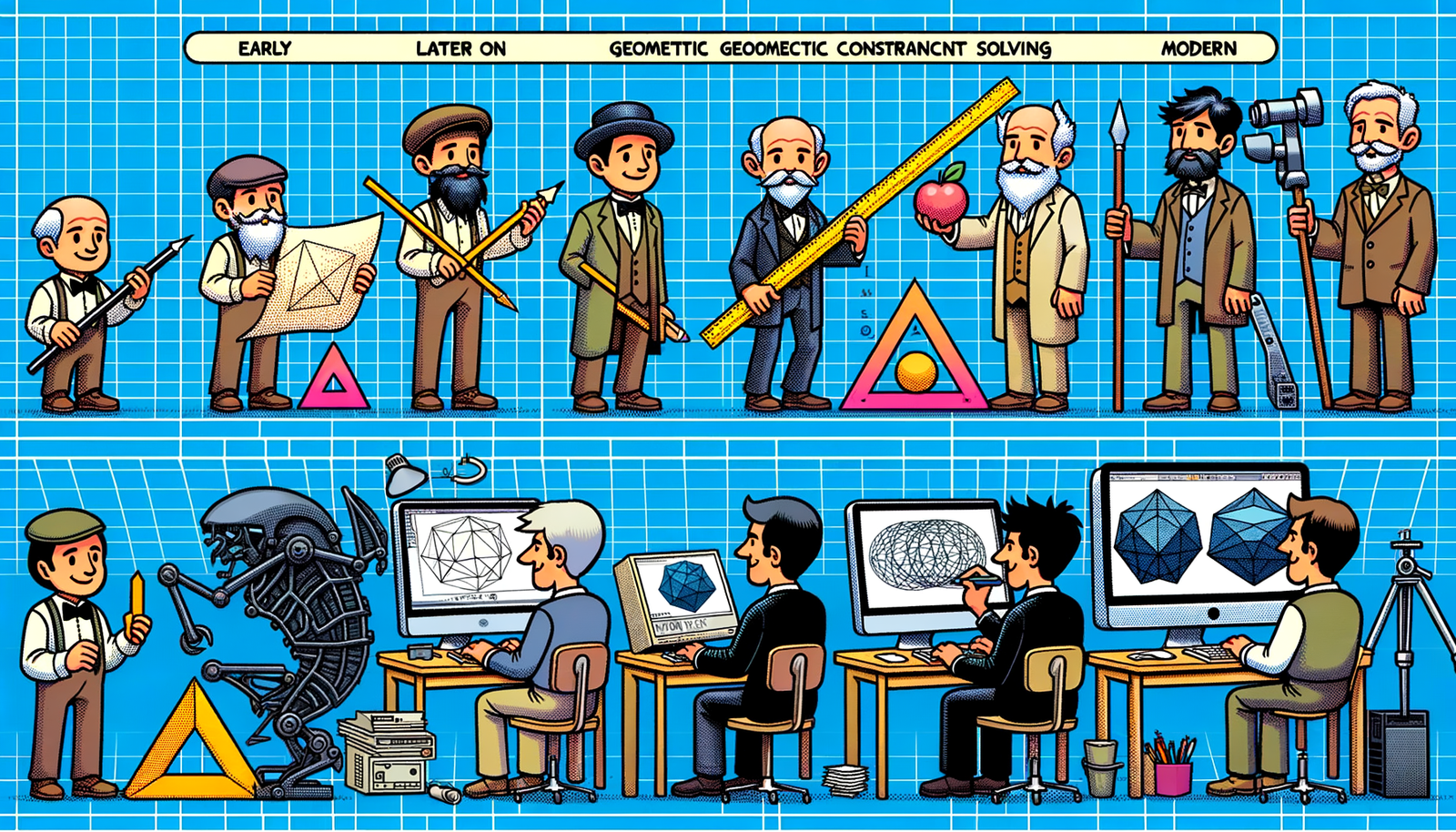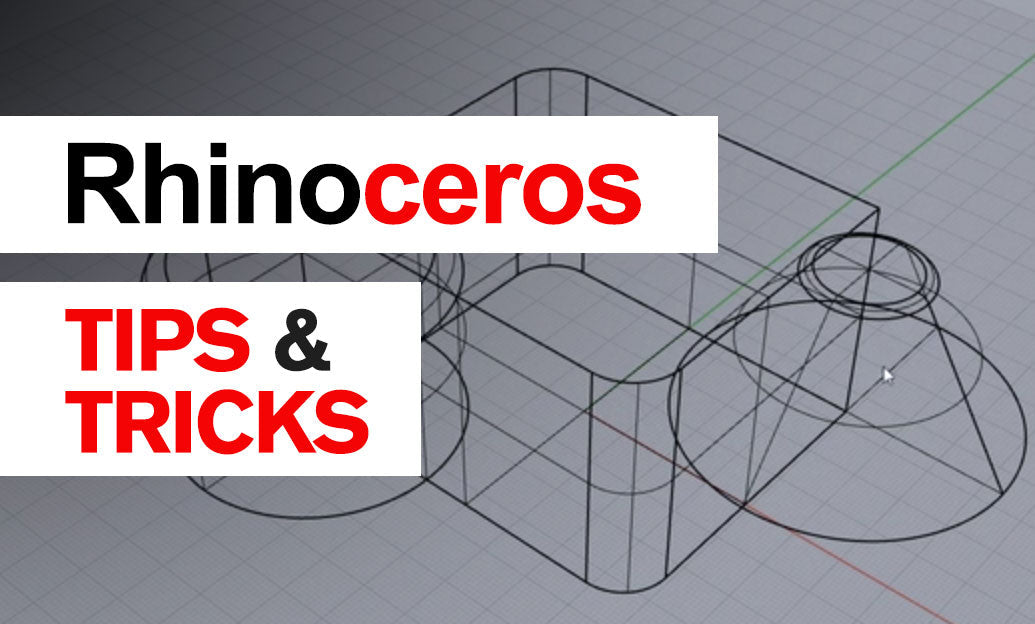Your Cart is Empty
Customer Testimonials
-
"Great customer service. The folks at Novedge were super helpful in navigating a somewhat complicated order including software upgrades and serial numbers in various stages of inactivity. They were friendly and helpful throughout the process.."
Ruben Ruckmark
"Quick & very helpful. We have been using Novedge for years and are very happy with their quick service when we need to make a purchase and excellent support resolving any issues."
Will Woodson
"Scott is the best. He reminds me about subscriptions dates, guides me in the correct direction for updates. He always responds promptly to me. He is literally the reason I continue to work with Novedge and will do so in the future."
Edward Mchugh
"Calvin Lok is “the man”. After my purchase of Sketchup 2021, he called me and provided step-by-step instructions to ease me through difficulties I was having with the setup of my new software."
Mike Borzage
ZBrush Tip: Maximizing Efficiency with ZBrush Array Mesh: Tips for Complex Pattern Creation and Repetitive Asset Arrangement
June 29, 2024 2 min read

ZBrush's Array Mesh is a powerful feature that allows artists to create complex patterns and arrangements with ease. This tool can be a significant time saver for creating repetitive elements such as chains, fences, and other detailed assets. Here are some tips to help you make the most of the Array Mesh feature:
- Start with a simple base mesh: Before you begin using Array Mesh, create a simple model of the object you want to duplicate. This base mesh should be as low poly as possible while still maintaining the necessary details.
- Understanding the Array Mesh controls: Familiarize yourself with the Array Mesh panel. Key controls include the 'Repeat' slider for setting the number of instances, 'Offset' for spacing, and 'Rotate' for setting the angle between instances.
- Experiment with the Stage feature: Array Mesh allows you to set up multiple 'Stages' with different settings. You can create complex structures by combining different transformations like rotation and offset in each stage.
- Use TransPose action line: With the TransPose action line, you can control the pivot point of the array. This is crucial when you want to create radial symmetry or rotate instances around a specific part of your mesh.
- Array Mesh with NanoMesh: Combine Array Mesh with ZBrush's NanoMesh system for even more complex patterns. You can fill the instances created with Array Mesh with smaller detailed meshes using NanoMesh.
- Lock Position and Size: Make sure to use the 'Lock Position' and 'Lock Size' options when you want your duplicates to maintain their position and size relative to the original mesh, especially when working on complex scenes.
- Take advantage of instancing: Array Mesh instances are real-time and editable, meaning changes to the original mesh are automatically updated across all instances. This feature allows for a non-destructive workflow, giving you the flexibility to adjust your base mesh without starting over.
- Use Array Mesh for creating patterns: By using the 'Rotate' and 'Offset' sliders creatively, you can produce intricate patterns and designs that would be difficult to sculpt manually.
- Converting to geometry: If you need to convert your array into actual geometry, simply use the 'Make Mesh' button in the Array Mesh panel. This will create a new tool from the instances, which you can then further refine or export.
- Explore creative uses: Array Mesh isn't just for duplicating objects in a linear or radial array. Try using it to create spirals, deformations, and abstract art by playing with different transformation settings.
For detailed tutorials and advanced techniques, be sure to check out resources provided by NOVEDGE, an authorized reseller with a vast selection of ZBrush training materials and plugins that can help elevate your digital sculpting projects.
```You can find all the ZBrush products on the NOVEDGE web site at this page.
Also in Design News

Bluebeam Tip: Maximize PDF Security and Efficiency with Bluebeam Revu's Flatten Tool
December 02, 2024 1 min read
Read More
Design Software History: Evolution and Impact of Geometric Constraint Solving in CAD History
December 02, 2024 2 min read
Read More
Rhino 3D Tip: Enhancing Scale Modeling Accuracy in Rhino 3D: Essential Tips for Designers and Engineers
December 02, 2024 2 min read
Read MoreSubscribe
Sign up to get the latest on sales, new releases and more …


